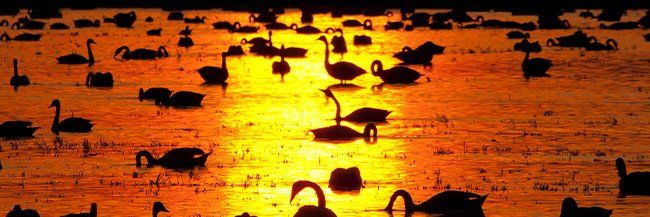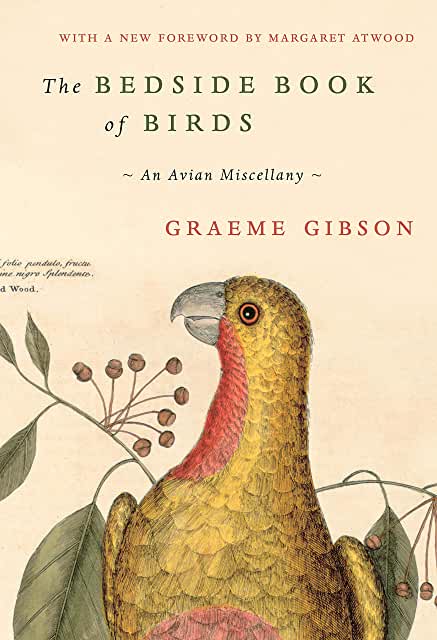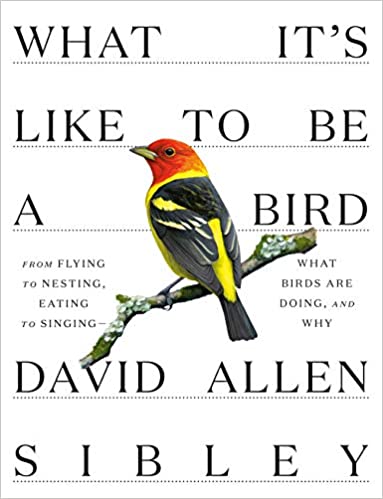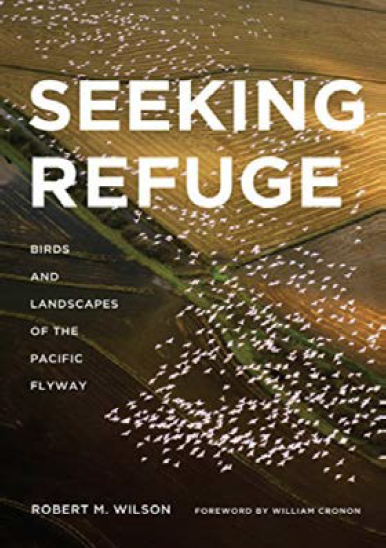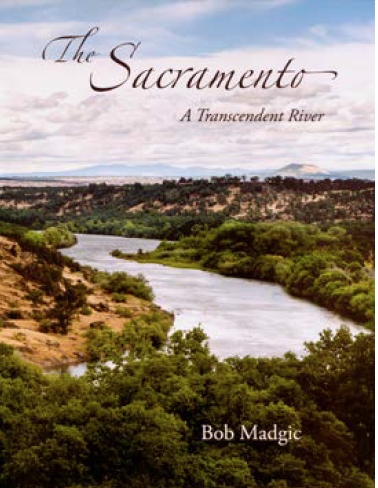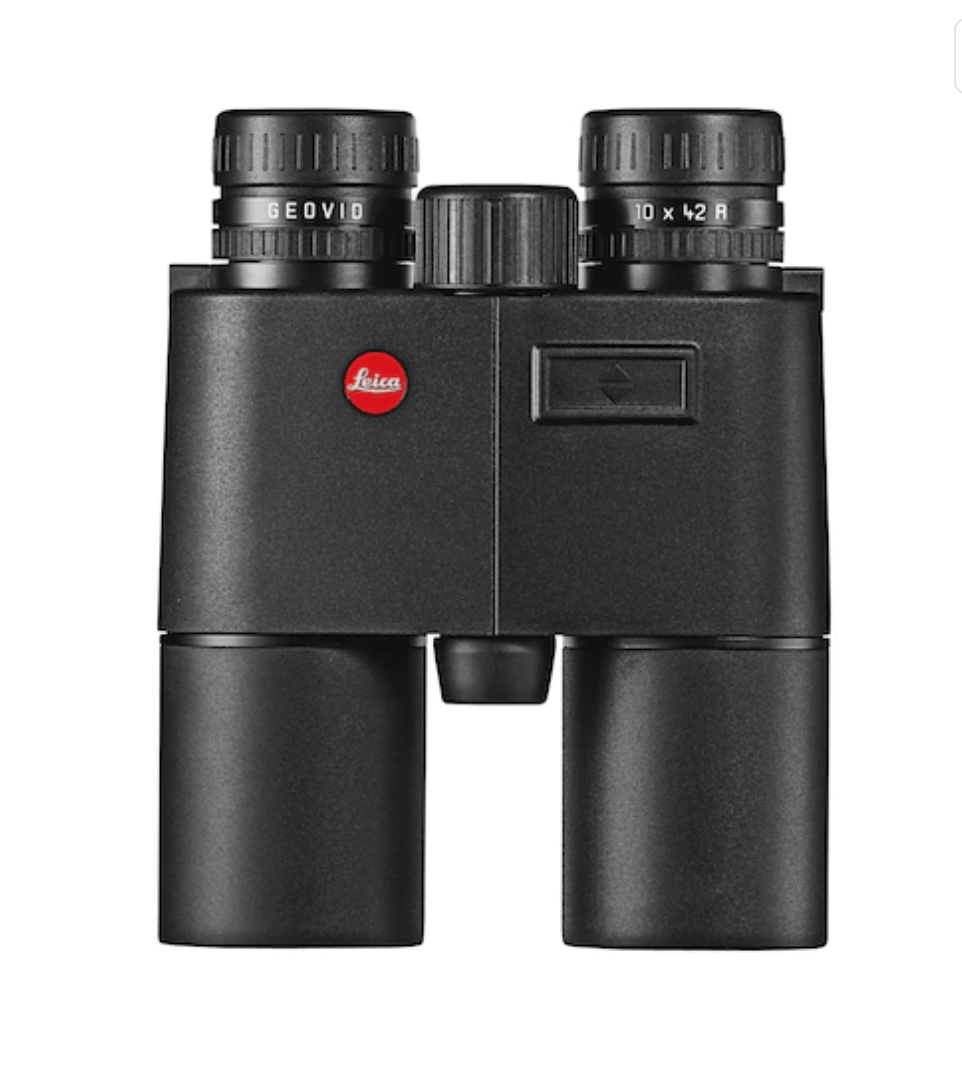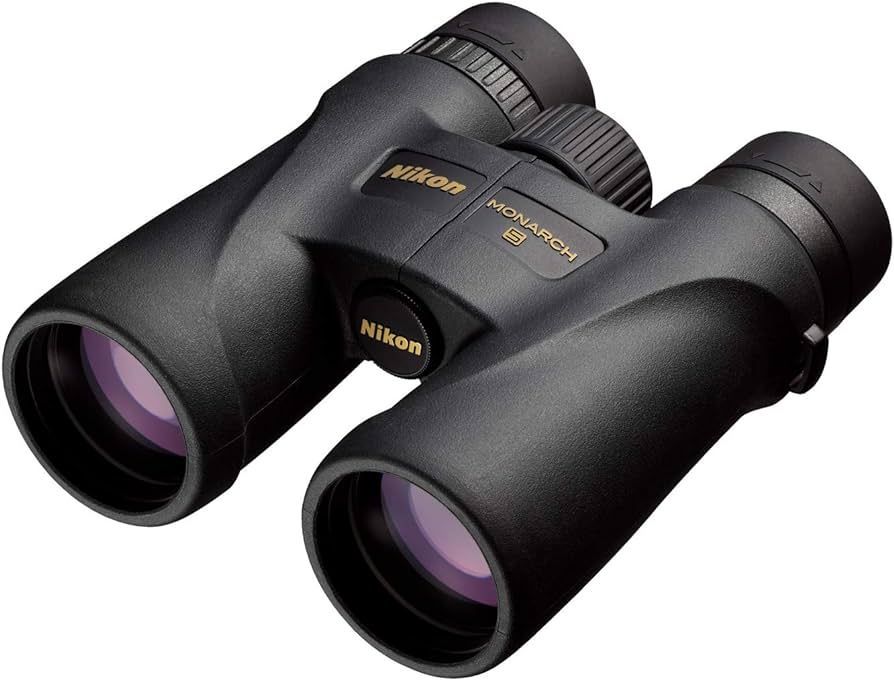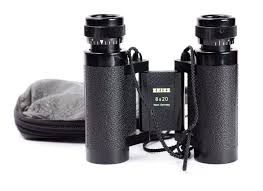Seeking Refuge
Birds and Landscapes of the Pacific Flyway
Robert M. Wilson
In addition to numerous and varied field guides, children’s books, and gifts, the Altacal Bookstore offers a selection of books that invite us to ponder the big questions and to seek an understanding of the history, the “hows” and “whys” of these places we treasure—the Refuges, the Pacific Flyway, the Central Valley, the Sacramento River. Though I’d rather spend time with binoculars than books in hand, I am discovering that my relationship with the natural world—and my birding skills—can also deepen and come into focus as I turn the pages.
As Robert M. Wilson points out in Seeking Refuge, the contrasting geographical scales of flyways and refuges are a potent reminder that the boundaries between the human and the natural exist far more in our minds than in the real world. So, how do we “protect nature” when nature perennially ignores the places we’ve set aside for it? A different, though not incompatible, thought posed by Bob Madgic in The Sacramento: A Transcendent River is that “humankind has learned that there are no substitutes, no technological fixes, which sustain the health of the planet better than nature functioning on its own terms.”

